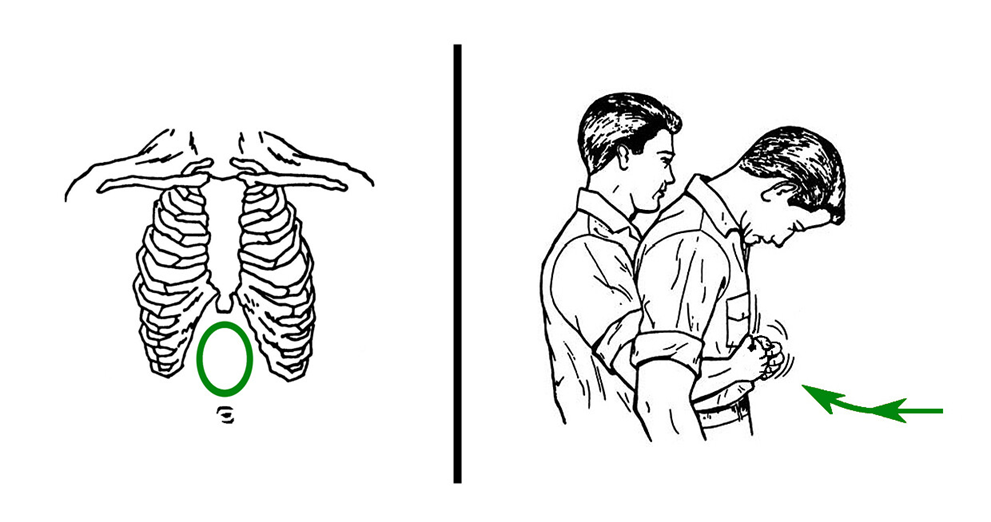A public health nurse is teaching a group of nurses about smallpox. Which of the following statements by one of the nurses indicates understanding of the teaching?
Unlike chickenpox, the vesicles of smallpox are more abundant on the face.
Smallpox lesions appear in various stages of healing.
Vaccination against smallpox provides lifelong immunity.
There are rare, occasional occurrences of smallpox.
The Correct Answer is A
Choice A reason: Unlike Chickenpox, the Vesicles of Smallpox Are More Abundant on the Face
This statement indicates an understanding of the teaching. Smallpox lesions are indeed more abundant on the face and extremities compared to chickenpox, which tends to have a more central distribution on the trunk. Smallpox lesions are also typically more uniform in their stage of development, whereas chickenpox lesions can appear in various stages of healing simultaneously.
Choice B reason: Smallpox Lesions Appear in Various Stages of Healing
This statement is incorrect. Unlike chickenpox, where lesions can be in different stages of healing at the same time, smallpox lesions generally progress through the same stages simultaneously. This uniformity in lesion development is a distinguishing feature of smallpox.
Choice C reason: Vaccination Against Smallpox Provides Lifelong Immunity
This statement is partially correct but needs clarification. The smallpox vaccine provides long-lasting immunity, but it may not be lifelong. Immunity can wane over time, and booster vaccinations may be necessary for continued protection.
Choice D reason: There Are Rare, Occasional Occurrences of Smallpox
This statement is incorrect. Smallpox was declared eradicated in 1980 by the World Health Organization (WHO). There have been no naturally occurring cases of smallpox since then. The only known stocks of the virus are kept in secure laboratories for research purposes.
Nursing Test Bank
Naxlex Comprehensive Predictor Exams
Related Questions
Correct Answer is B
Explanation
Choice A reason:
While articulating expectations is important, the nurse’s response is more focused on addressing the client’s feelings and encouraging participation in therapy. Simply stating expectations without addressing the client’s emotions may not be as effective.
Choice B reason:
The nurse’s response demonstrates empathy by acknowledging the client’s feelings and gently guiding them towards participating in group therapy. This approach helps build trust and rapport, which are essential in therapeutic relationships, especially with clients exhibiting delusional behavior.
Choice C reason:
Setting limits on manipulative behavior is important, but in this context, the nurse’s response is more about encouraging participation and showing understanding rather than strictly setting limits.
Choice D reason:
Reflection involves mirroring the client’s feelings or statements to show understanding. While the nurse’s response does show understanding, it is not a direct example of reflection. The primary focus is on empathy and encouragement.
Correct Answer is D
Explanation
Choice A reason: Perform a Blind Finger Sweep
Performing a blind finger sweep is not recommended because it can push the foreign object further into the airway, making the obstruction worse. This method is only advised if the object is clearly visible and can be safely removed without causing further harm.
Choice B reason: Turn the Client to the Side
Turning the client to the side can be helpful in certain situations, such as when the client is unconscious or at risk of vomiting. However, in the case of a conscious client with a foreign body airway obstruction, this action does not directly address the obstruction and is not the first priority.
Choice C reason: Insert an Oral Airway
Inserting an oral airway is typically used to maintain an open airway in an unconscious patient who cannot maintain their own airway. For a conscious client with a foreign body obstruction, this action is not appropriate and could cause further complications.
Choice D reason: Administer the Abdominal Thrust Maneuver
Administering the abdominal thrust maneuver (also known as the Heimlich maneuver) is the recommended first action for a conscious client with a foreign body airway obstruction. This technique involves standing behind the client, placing a fist just above their navel, and delivering quick, upward thrusts to expel the foreign object. This method is effective in creating an artificial cough that can dislodge the obstruction.

Whether you are a student looking to ace your exams or a practicing nurse seeking to enhance your expertise , our nursing education contents will empower you with the confidence and competence to make a difference in the lives of patients and become a respected leader in the healthcare field.
Visit Naxlex, invest in your future and unlock endless possibilities with our unparalleled nursing education contents today
Report Wrong Answer on the Current Question
Do you disagree with the answer? If yes, what is your expected answer? Explain.
Kindly be descriptive with the issue you are facing.
